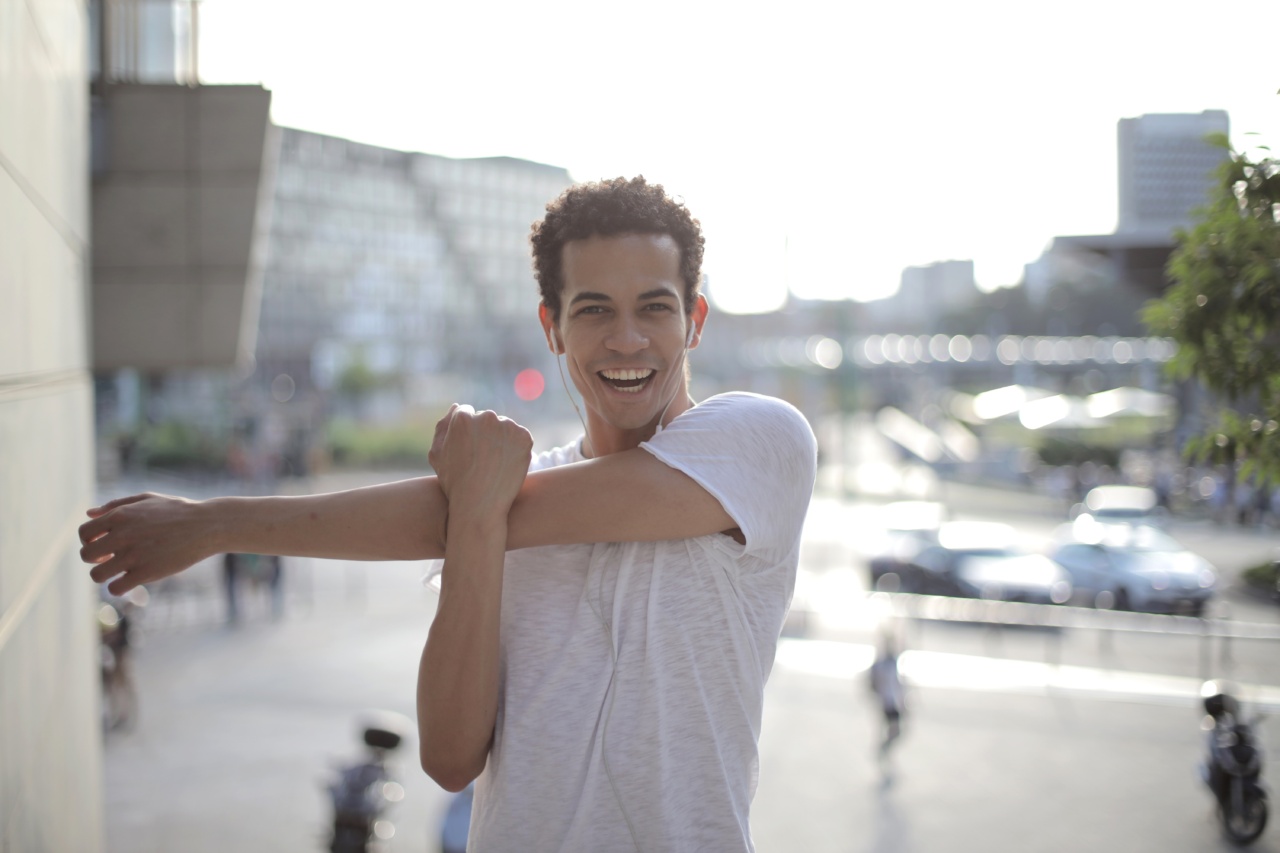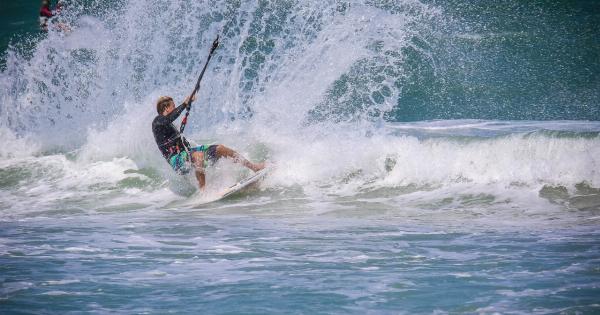Summer is the time for outdoor sports and activities such as swimming, cycling, hiking, and more, but along with these fun activities, comes the risk of muscle pain, injury, and soreness.
It’s important to know how to cope with these issues, so you can continue to enjoy your favorite activities without being sidelined by pain and discomfort. In this article, we’ll explore some coping strategies for summer sports and muscle pain.
1. Stay Hydrated
One of the most important things that you can do to prevent muscle pain during summer activities is to stay hydrated.
Dehydration can cause muscle cramps, fatigue, and other issues, so it’s crucial to drink plenty of water before, during and after your activities. Additionally, sports drinks can provide valuable electrolytes that can be lost during physical activity.
2. Warm Up and Cool Down
Before starting any physical activity, it’s important to do some proper warm-up exercises. This can include stretches, jogging, or other activities that gradually increase your heart rate and blood flow.
This will help to loosen up your muscles and prepare them for the increased demands of exercise. After your exercise, a proper cooldown routine can reduce muscle soreness and help to prevent injury.
3. Rest and Recovery
When your muscles are sore or fatigued, it’s important to allow them to rest and recover before doing more physical activity. It’s important to listen to your body and take a break if you’re feeling worn out.
Getting enough sleep and eating a healthy diet can also help to promote recovery and reduce muscle pain and soreness.
4. Use Proper Equipment and Technique
Using proper equipment and following proper technique can help to reduce the risk of muscle pain and injury during physical activity.
This can include wearing the appropriate shoes and gear, and making sure that your bike or other equipment is properly fitted and adjusted. Additionally, learning proper technique can help to prevent strain and reduce the chance of muscle injury.
5. Ice and Heat Therapy
If you do experience muscle pain or soreness, ice and heat therapy can help to reduce inflammation and promote healing. Ice therapy can help to reduce swelling and numb the area, while heat therapy can improve blood flow and promote relaxation.
6. Massage and Stretching
Massages and stretching can help to reduce muscle pain and soreness, as well as improve mobility and flexibility. Massage can help to increase blood flow, reduce tension, and release tight muscles.
Stretching can help to prevent muscle tightness and reduce the risk of injury.
7. Pain Relief Medications
If your muscle pain is severe, you can consider taking over-the-counter pain relief medications such as acetaminophen or ibuprofen.
However, it’s important to use these medications according to the label instructions and under the guidance of a healthcare professional.
8. See a Healthcare Professional
If your muscle pain or soreness is severe or persistent, it’s important to see a healthcare professional.
They can assess your condition and provide you with the appropriate treatment, such as physical therapy, chiropractic care, or other interventions.
9. Take Breaks
Don’t overdo it during physical activity. Taking regular breaks, especially during long or intense periods of physical activity, can help to reduce the risk of muscle pain and injury.
Resting your muscles can help to prevent strain and reduce the chance of injury.
10. Learn Proper Breathing Techniques
Learning proper breathing techniques can help to reduce muscle tension and prevent fatigue. This can include deep breathing exercises or techniques such as yoga and tai chi.
These exercises can help to promote relaxation, reduce stress, and improve overall physical health and wellness.
Conclusion
Muscle pain and soreness can be a common occurrence during summer physical activities. However, there are many ways to cope with these issues and prevent them from impacting your enjoyment of your favorite activities.
By practicing good habits such as staying hydrated, warming up and cooling down, using proper equipment and techniques, and seeking professional help when needed, you can stay healthy and active all summer long.































